What is play?
When it comes to “play” we think of the games that children used to play when they were young, and there are many forms of play excludes child play. The concept of playfully thinking leads us to think new ways of game, but also rest of world. Sicart provided that ‘play’ as a personal expression: beauty, counter-cultural politics and moral values. (Sicart, 2014) Likewise, in class we learned about the concept of ‘score’, which can be considered as musical notation or linguistic logic, and can be notion of rules made by anyone. The license of our score is welcome the next person free to remix or reconstruct, reintegrate those set of rules.
From a constructivist perspective, how the knowledge constructed through forms of social interaction, Learners acquire it by means of meaning construction with the help of others and learning materials in a certain context and socio-cultural background. In our basho work, we created a ‘cultic milieu’ such as the transition from the traditional society to the modern society. To consider the multicultural background of the modern society, through the cooperation, knowledge sharing, conversation communication and exchange with our basho, we finally achieved the meaning of the construction of our ‘play’ that we came up with to create a psychological poker card game with multi-player join in innovation and manufacture the rules of the game. Therefore, it is to facilitate a opening educational resource for peers pedagogy, and developing ‘play’ plays a vital role in realm of contemporary art and open a new sight of artworld.
What is a play and how we produce play? Turner has demonstrated his idea of “liminal” or “liminoid”, the meaning which occupies a threshold between reality and unreality. The ‘liminoid’ phase regarding to the subjects such as dreams, fantasies, favorite reading and entertainment. The ‘liminal’ phase in the initiation rites of tribal societies if frequently marked by the physical separation of the ritual subjects from the rest of society. (Turner, 1974) Turner believes that the threshold and communal ecology created by primitive society rituals but no longer exist in modern lifestyle, because traditional consciousness disappears in modern life, and the communal ecology of performance attempts to perpetuate this kind of communal ecology into a lifestyle so-called ‘leisure’ in modern cultural background. In contrast to the collective nature of traditional rituals, the function of modern leisure is realized through choice, thus creating a sense of freedom for individuals.
In Sutton-Smith’s book, he pointed out play involves seven types: reference(gun sound), referent (object), intent, sense, transition, contradiction, and meaning. (Sutton-Smith, 2001). The concepts of sense and nonsense provided by our basho group game, our theory based on a social transformation background, a transition within identity changes, which turns into a social practice behaviour due to the relation of pluralistic coexistence. The interaction between individuals produces sense or nonsense related to their belief or disbelief. In this psychological game, our basho group created a set of meaning of symbols, the representation of each of them. Moreover, the rules of ‘score’ what we produced correlate with the four symbols. The numbers represent the degree of emotion(love, hate, help and trouble), two of them is positive and others are negatives. (The figures are shown)
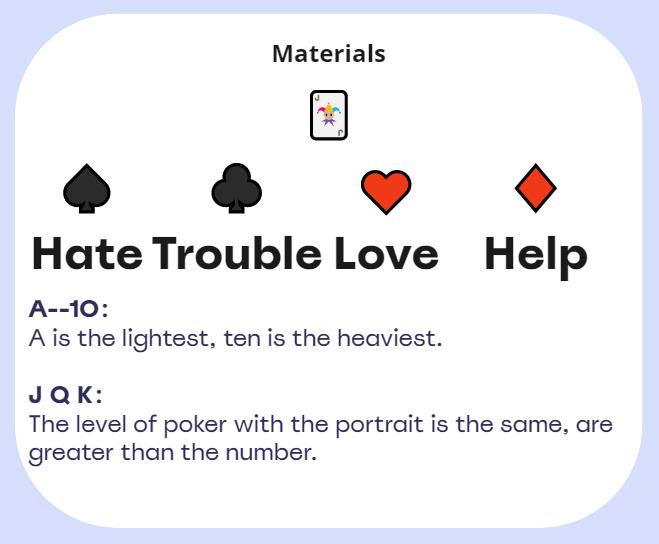
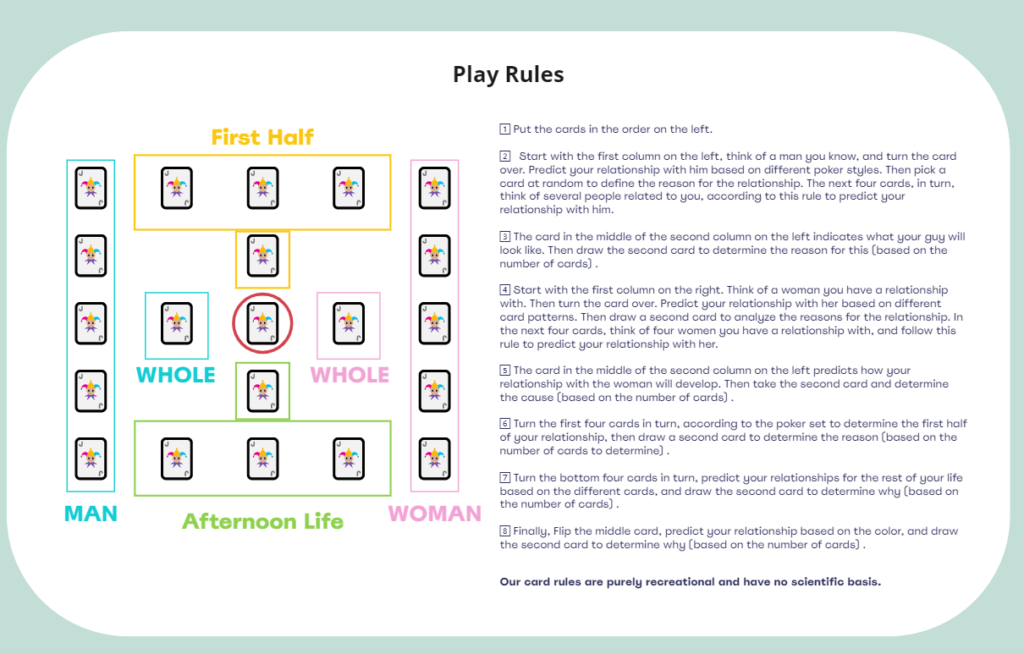
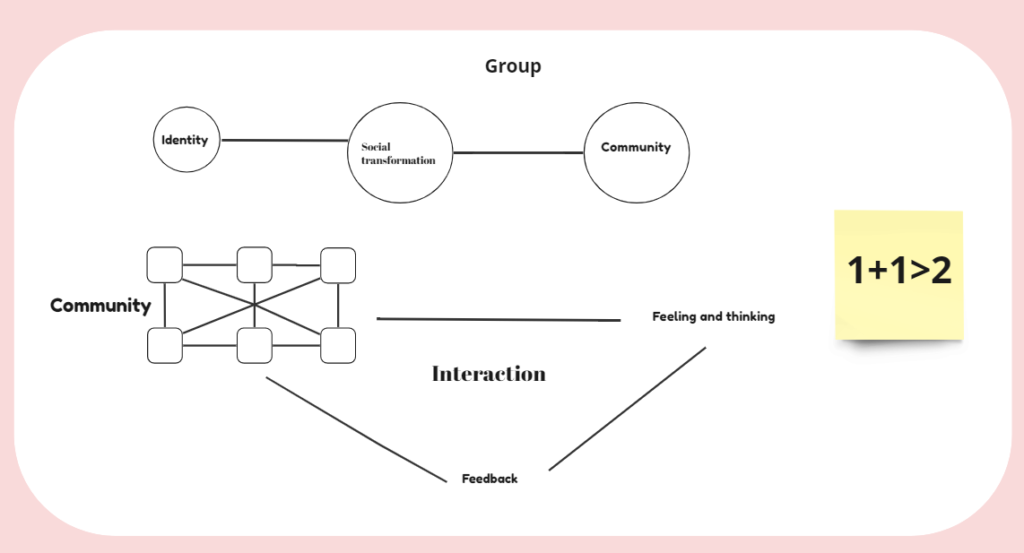
Our rules is very simple, the community of people interacts with each other to play this poker game and create their true feeling what they believe and what they think, which they might proposed for a query or doubt. The players receive a feedback from the ruler that may affect their positive or negative emotion, in the end, our intention of this game illustrates to a paradox of psychological outcome. On the one hand, if the player is believe the feedback it make sense of the game, on the other hand, if the player is question about the feedback it make a nonsense of the game.
To give my point of view, I think the fun factor is not within a set of rules that we have produced but instead of the notions of new rules that may recover by future participants.
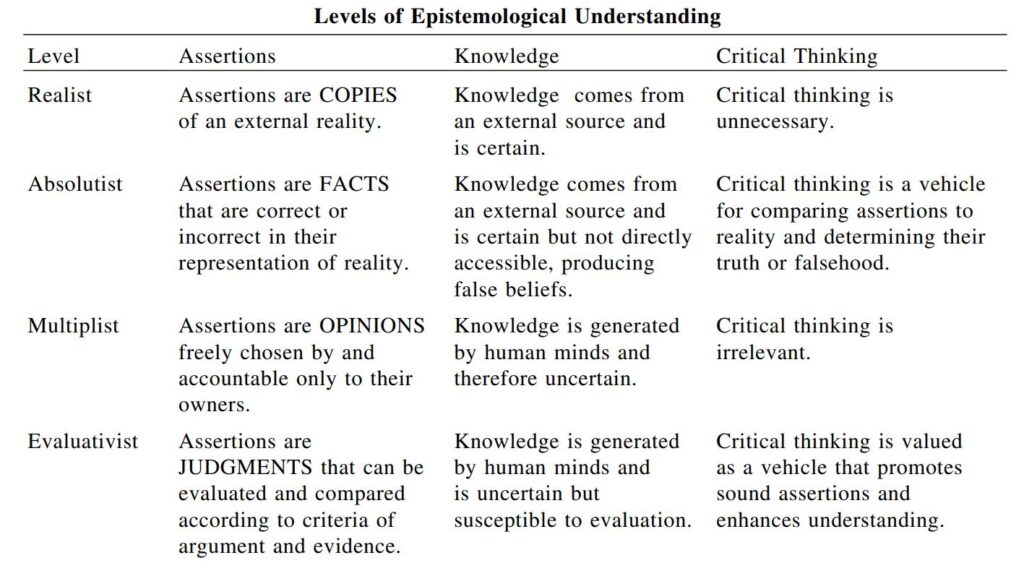
The above figure (Jr,D, 2004) has shown four level of epistemological understanding clarified by different standards. For example, the participants who will engage with our rules and scores, there will have a diversity of levels of participants who have educated or not have educated due to their multicultural personal experience and educational background which may involved with realist, absolutist, multiplist or evaluativist. Approach to new rules may developed in a multicultural context, the game will become more complex and perhaps more interesting, and the players will have a richer educational experience to engage in. Additionally, from a connectivism perspective, the experience of education is not only within the individuals, but can be communicated and learned online and in different cultural contexts, and in the future it may become more widespread. Thus, connectionism is to create the invisible connection between people and things, therefore everyone who participates in making rules becomes a part of the connection, so as to create a collective artistic thinking space.
In addition, within the context of reform of art education, contemporary art offers diversity and freedom to learn and produce artworks that is boundless, unrestrained and secularization. Furthermore, the solidification of class in a traditional society transfer to an identical and collective expression that contributed in contemporary society, art education becomes connective and constructive approach to a global consolidation.
To sum up, our ‘score’ is developing a practical and theoretical understanding of play based on a metacognition in educational turn. To give a notion of entertainment view, players receive feedback on their personal emotional experience from the rules of ‘score’, making the game meaningful or meaningless, make sense or nonsense relate to ambiguity of play. To give an educational view of point, all knowledge and rules can be reframed to create new world values in contemporary art education, connectionists and social constructivists can engage with art activities or a open educational resource.
References:
Sicart, M. (2014). Play matters. MIT Press.
Sutton-Smith, B. (2001). The ambiguity of play. Harvard University Press.
Turner, V. (1974). Liminal to liminoid, in play, flow, and ritual: An essay in comparative symbology. Rice Institute Pamphlet-Rice University Studies, 60(3).
Kuhn, D., & Dean, Jr, D. (2004). Metacognition: A bridge between cognitive psychology and educational practice. Theory into practice, 43(4), 268-273.
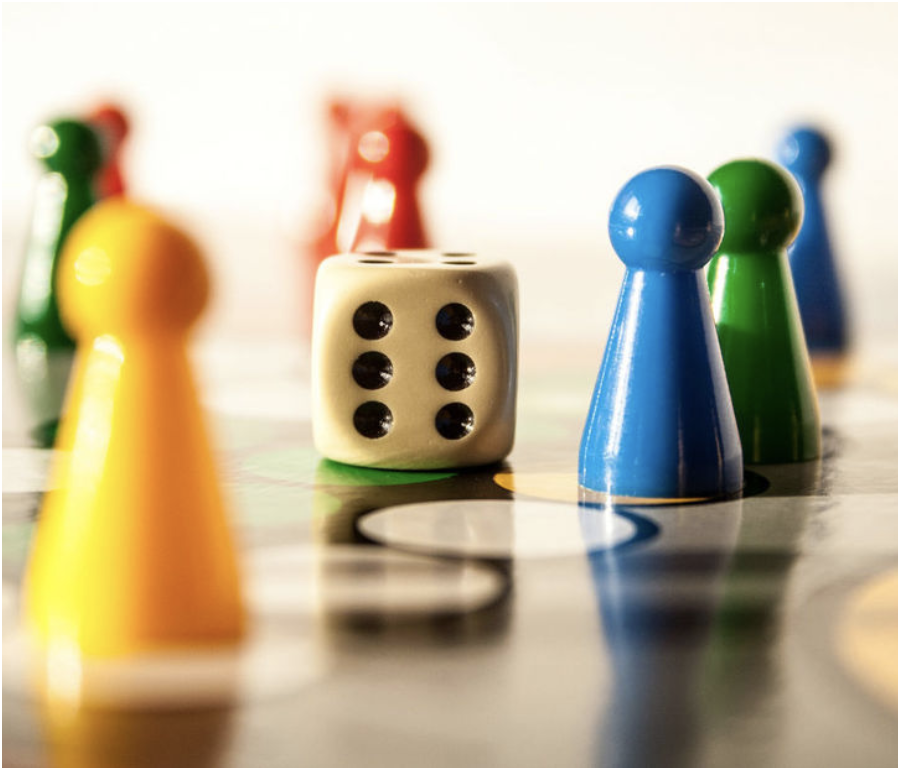


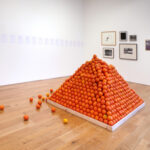
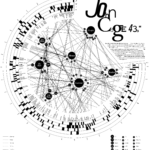
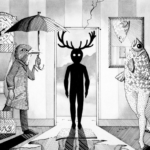

s2311174
21st October 2022 — 9:58 am
This blog clearly reflects Tianai’s personal understanding of the definition of ‘play’ and how they produced play. One thing that I appreciate in this article is the interpretation of your basho’s practice. It’s an exciting game that provides me a new view of ‘play.’
However, I’m slightly confused about Turner’s concept you mentioned: “liminal” and “liminoid.” How does your basho’s practice reflect this concept? Could you give us more details?
Ruxue Li
21st October 2022 — 1:30 pm
The structure and thoughtfulness of this reflection is very clear and scholarly, which is worth learning from. At the same time I have some questions about the reflection. There is a reference to the connectivism perspective and why it might be useful to add some relevance to the description from this perspective.
s2298567
21st October 2022 — 1:54 pm
We all wrote about the group about play, but what you wrote was more comprehensive, clear and objective than what I described. You placed a lot of pictures to state the topic and cited a lot of literature to support your argument. Through reading your post, I found a lot of things I need to improve.👍
s2457669
21st October 2022 — 8:19 pm
the concept of ‘liminoid’ was intriguing to read about, particularly how you have incorporated this into your group’s score. i think the sense/nonsense idea for your score was really clever and well developed as people will take this to varying degrees of seriousness and would bring about some interesting debates while playing. seeing how this situates within art education and how this considers both the individual and collective who participate was also beneficial. i would love to know how, after players complete the score, how this fits into your research and if the outcomes are what you expected or different.
www.fooddoz.com
22nd October 2022 — 10:46 am
Nice detailed article.
s2358907
24th October 2022 — 1:27 am
The author presents his own understanding of the game, as well as a detailed, comprehensive presentation of the group tasks of the Basho group members, which is worthwhile for me to learn from. And the introduction of a constructivist perspective to the game is a good starting point. It concludes with a metacognitive perspective. A great article in my opinion